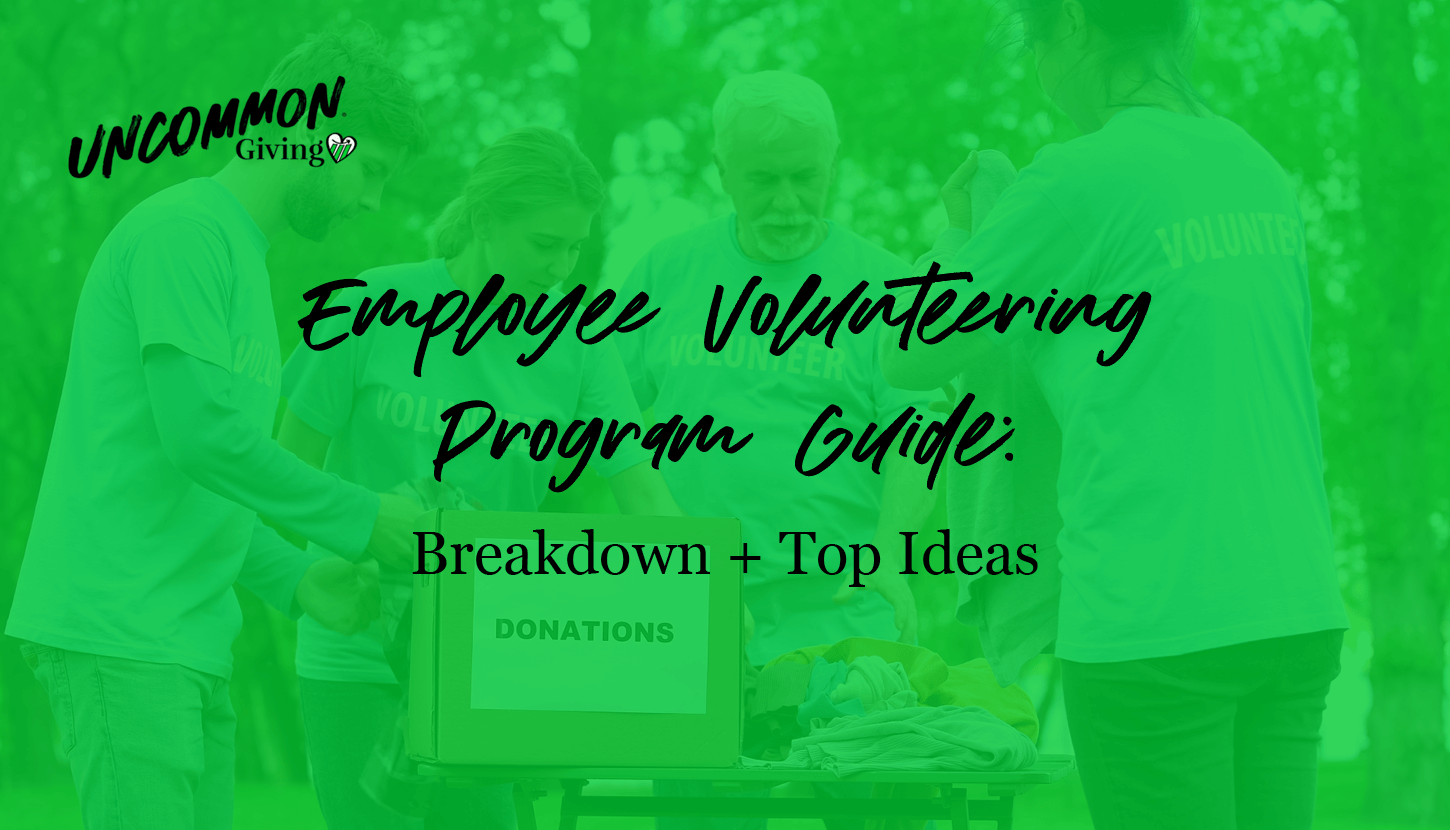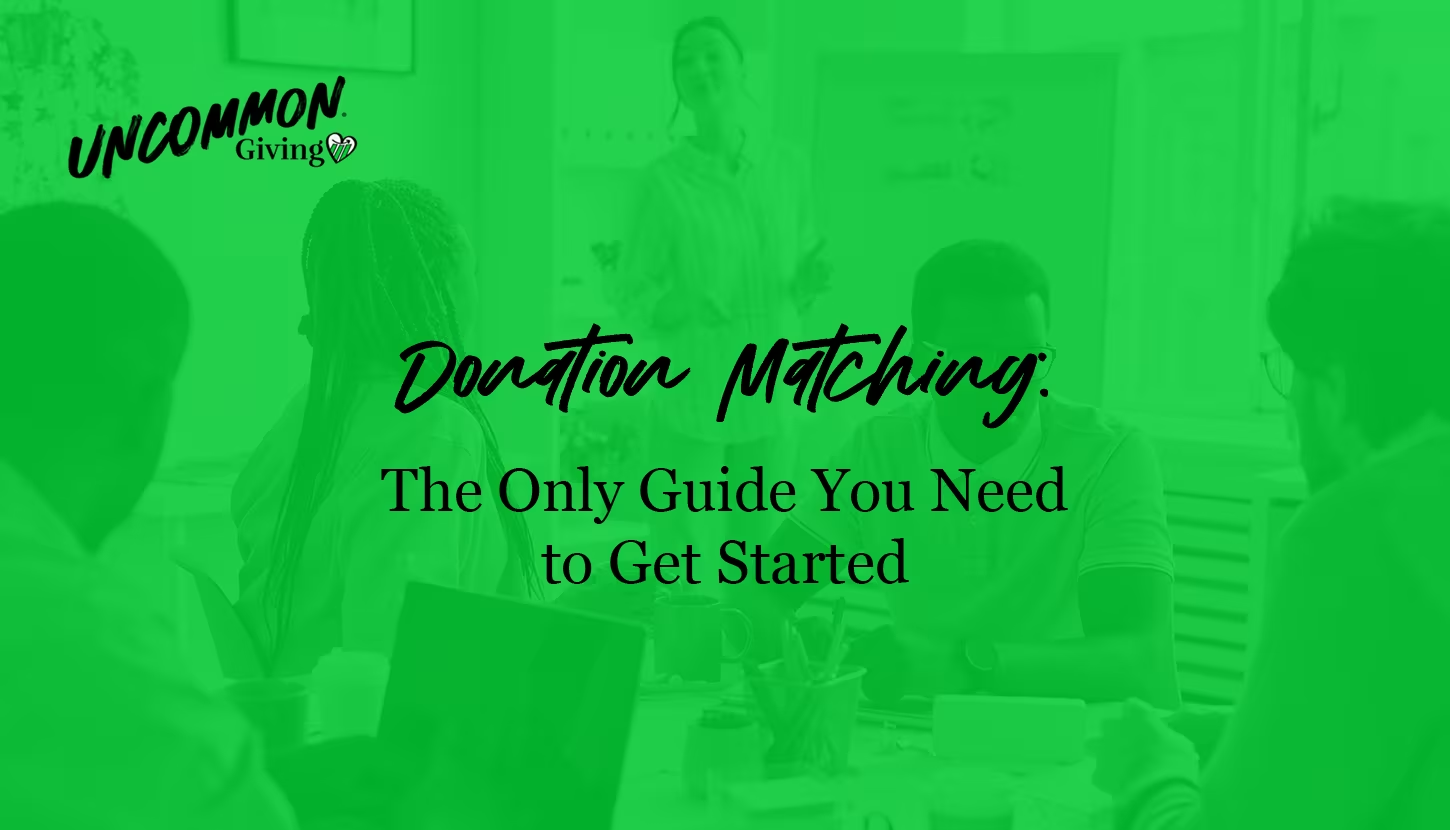IT’S TIME TO RETHINK YOUR CULTURE – BECAUSE YOUR PEOPLE ALREADY HAVE.
Companies are going to great lengths in the pursuit (and retention) of good talent.
It feels like it happened overnight. “Perks Culture” has become the status quo, and companies are engaging in what feels like a satirical display of one-upping each other with extravagant gifts and out-of-this-world benefits to win the war on talent.
In addition to the perks craze, forward-thinking HR leaders have been leveraging human-centered design methodology to deliver a “WOW” experience for their employees, much like the approach taken by many of the best consumer brands. In the case of HR, People Teams map out (see image below) and meticulously dissect each phase an employee embarks on during their time at the company to curate a delightful end-to-end employee experience. The experience usually begins before a person applies to a role, and continues until the employee and company part ways. Some savvy experience teams even facilitate corporate alumni communities in the hopes of “boomerangs,”; the employee who, after leaving, eventually returns.
That is a lot of rigor put into the employee experience, so you’d think 2022 would be the time to be an employee. Yet in November alone, 4.5 million people in the U.S. voluntarily left their jobs. Source.
This begs the question, why is attrition still such a pervasive issue despite passionate and committed HR people pouring themselves into the employee experience?
While the experiential design method is fantastic in theory, too often, companies default to using “shiny objects” as their core solutions. The challenge is that once the initial glow and bragging rights begin to fade after receiving, say, a new Peleton or attending an incredible offsite, the innate human tendency of devaluation kicks in. The common response by HR teams and execs is to give more of that shiny currency to improve morale and retention. But it likely won’t fix the root problems that have always been there.
The shiny object approach may work well for short-term consumer experiences – but the employer-employee relationship is much more complex. To be an employer of choice, more attention must be centered around fostering a deeper sense of meaning, connection, and purpose.
Purpose with a Capital P.
Unsurprisingly, the pandemic has changed how people think about work and life. They want more purpose.
According to a global study by Gartner, “65% of employees said the pandemic had made them rethink the place that work should have in their life. And fifty-six percent said it made them want to contribute more to society.”
These are impressive findings, which are further substantiated by the fact that overall donations have gone down in the US – yet workplace giving has gone up since covid, with 34% of workplace donors, giving for the first time. Source. The mismatch in giving behavior may suggest that employees really are in pursuit of more purpose in their day-to-day. Now it’s up to companies to think about how they can provide ways for their people to find that purpose through their work, the company they work for, and who they are as humans, parents, spouses, partners, friends, co-workers, and neighbors. The companies that figure this out may not only see improvements in retention rates – according to Mckinsey, when employees feel that their purpose is aligned with the organization’s purpose, the benefits expand to include stronger employee engagement, heightened loyalty, and a greater willingness to recommend the company to others.
Tips for getting started
1. Start at the top
Purpose is an ethos, a way of operating – and it’s who you are as a business. Purpose is not just a program, though you should have ways that help foster a sense of personal and shared purpose through employee programs that encourage generosity and meaning. (www.uncommongiving.com)
2. Role model generosity
A culture can live or die at the management level, so it’s important that your leaders help set cultural norms by walking the talk and role-modeling the behaviors and mindsets your company would like to embody. A great way to get started is by setting up a highly visible giving campaign led by leaders. For example, one company hosted a spelling-bee fundraiser event, where 5 leaders competed on stage, each representing a cause they were passionate about. The cost of admission for employees to attend the event was a donation (of any size) to a charity they cared about. They also had the option to donate to the 5 featured causes, which were matched by the executives. It wasn’t a hard event to pull off, but it was incredibly impactful, rewarding, and effective in setting the tone for the organization.
3. Build purpose into the employee experience
Think about how purpose and generosity can show up at every phase of the employee experience. It can be as simple as giving new hires donation currency during orientation to donate to a cause they care about, or creating a skills-based volunteer program to develop specific leadership skills.
4. Be authentic
Employees can sniff out inauthenticity from a mile away. If you adopt the right mindset, set achievable goals, engage your people, and remain accountable, your employees will be proud of your efforts, and that authentic reputation may proceed you.
5. Support grassroots efforts
Trying to shift a culture overnight can backfire if it comes across as forced or inauthentic. We recommend that you start small and think about solutions that will scale – especially if you don’t have a large team or operating budget. We already know employees want to give back more, and they also want to work for a company that does the same. So why not bridge that gap by providing employees with an easy-to-use platform that helps them self-serve giving and volunteering opportunities? Uncommon Giving helps employees connect with causes that matter to them, and companies can amplify employee efforts with matching gifts, volunteer rewards, and donation grants.
6. Feed two (or more) birds with one hand
Think about ways to swap out existing budgets that would have been used for things like conference gifts, food, and swag, to fund purpose-related initiatives that involve your people. This initiative could include giving your employees donation currency on their birthdays – or, instead of giving out something like company-branded sneakers, you could redirect the sneaker budget to a local shelter so they can purchase shoes for their patrons.
7. Balance autonomy & structure for employee generosity programs
It’s important to both give your employees the space to engage in generosity in ways that make sense to them and leverage workplace giving software to create consistent and scaleable experiences.
This is especially important now that there are five generations in the workplace – so there is a lot of diversity in not just where someone gives or volunteers, but also in how they want to do it. For instance, executives may be more interested in making larger donations to their children’s school or alumni community, whereas new grads might prefer to volunteer more regularly with their friends. The more you listen to your people, the easier it will be to get this right.












